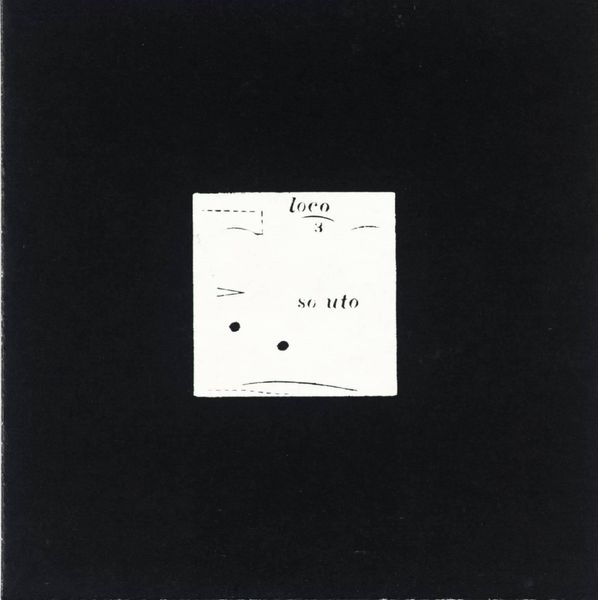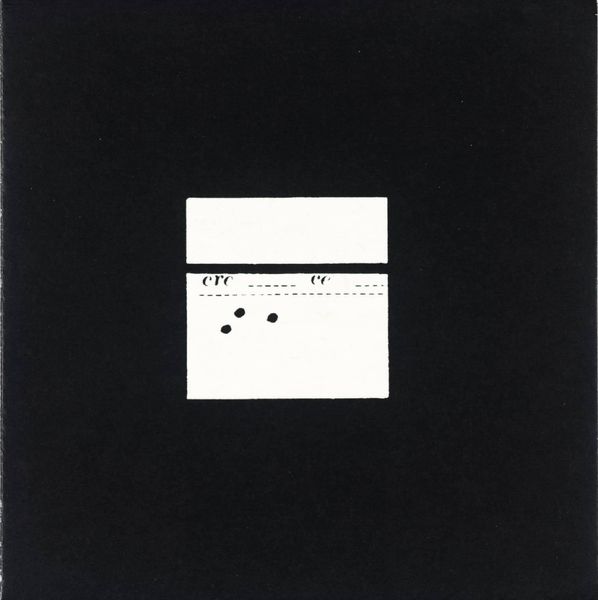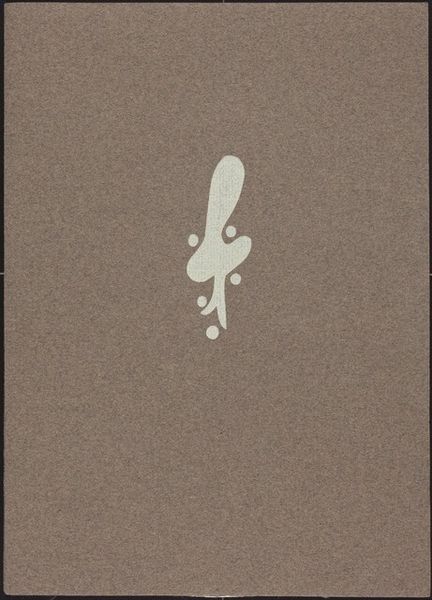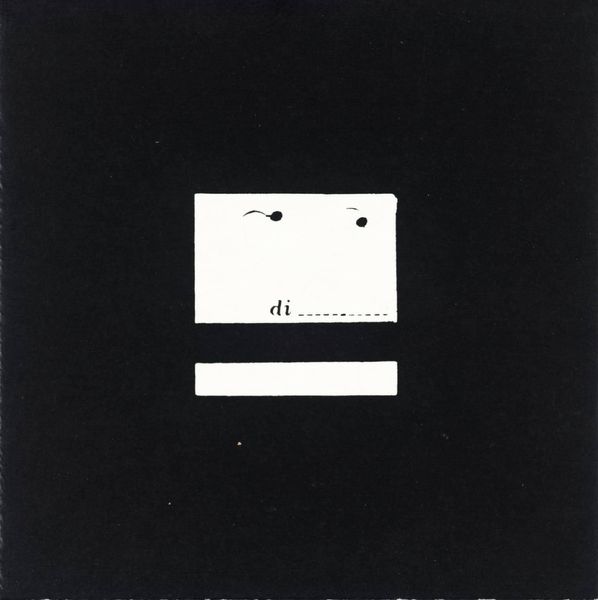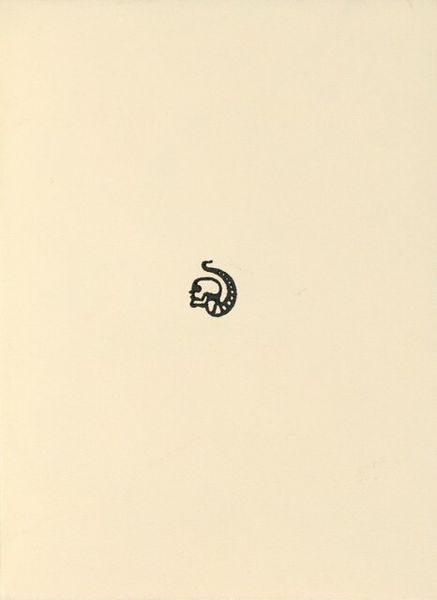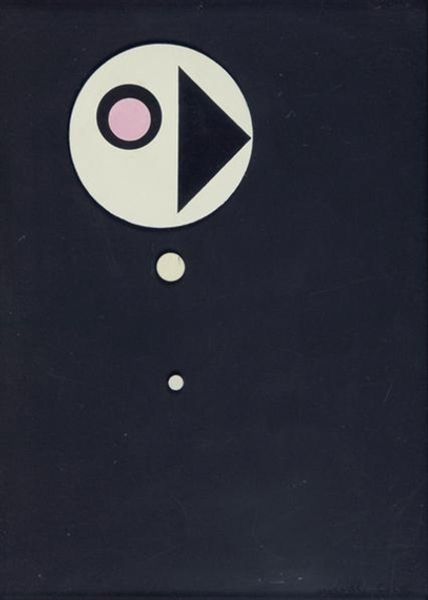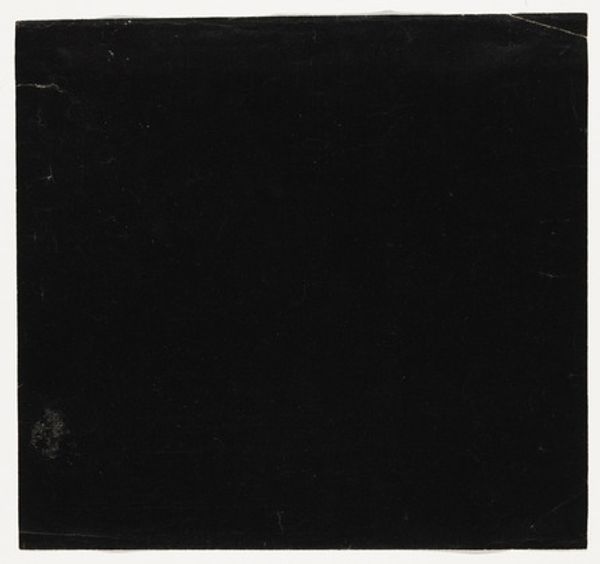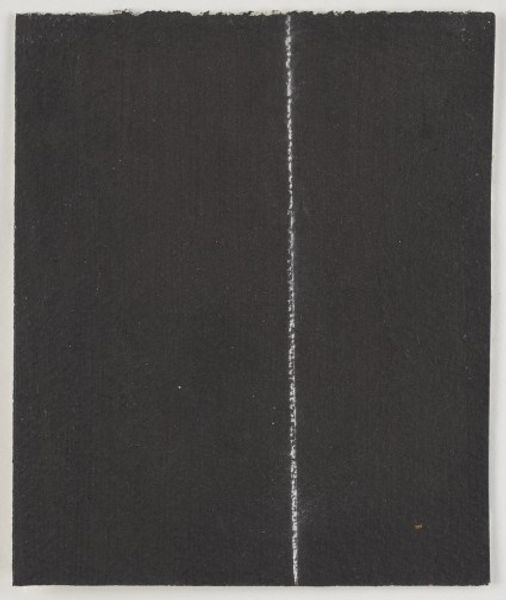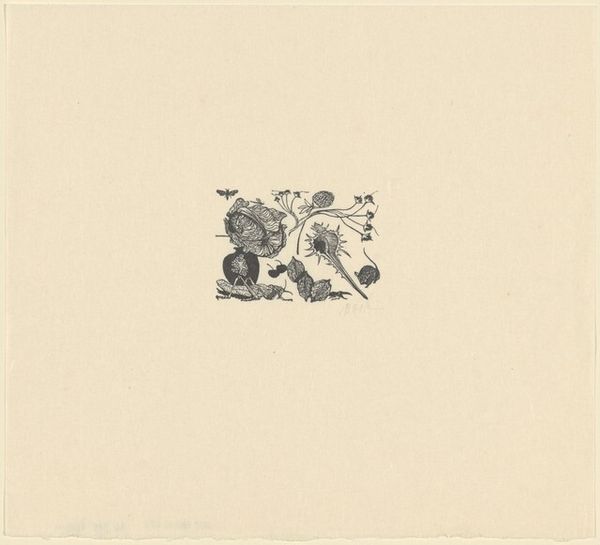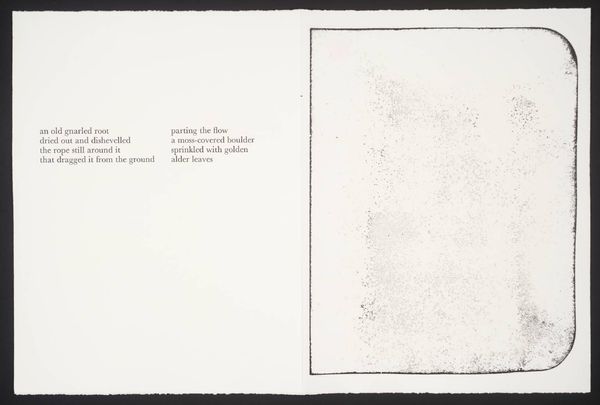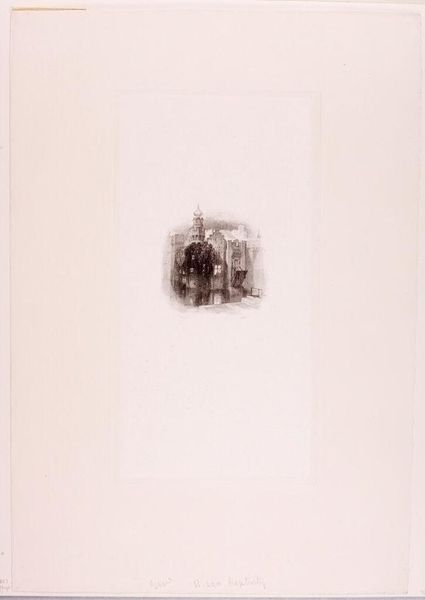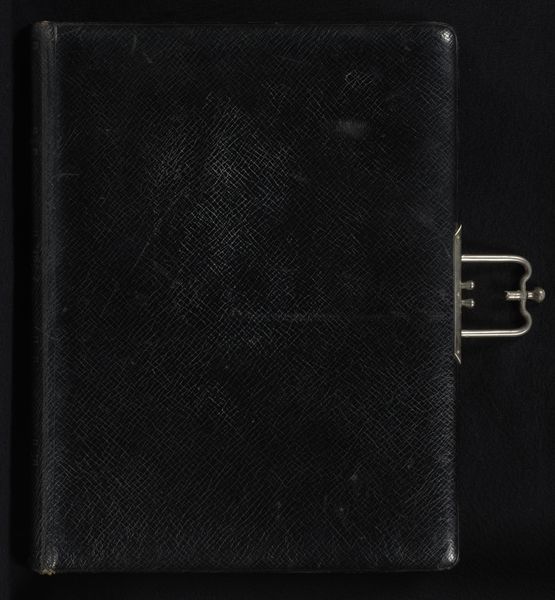
mixed-media, collage, print, photography
#
mixed-media
#
still-life-photography
#
collage
# print
#
photography
#
modernism
#
statue
Dimensions: plate: 34.7 x 31.7 cm (13 11/16 x 12 1/2 in.) sheet: 56.5 x 39.5 cm (22 1/4 x 15 9/16 in.) accessory size: 60 x 43.5 cm (23 5/8 x 17 1/8 in.)
Copyright: National Gallery of Art: CC0 1.0
Editor: So, this mixed-media piece is called "Aphrodite," possibly from 1970, by Ann Brunskill. It’s a collage using prints and photography. It has this sort of mysterious feel with its stark simplicity. What cultural echoes do you hear when you look at it? Curator: The isolation of the spiral form on the black field creates a strong focal point. The spiral, itself, a deeply resonant image found across cultures from Minoan labyrinths to Celtic knotwork and even in pre-Columbian art. It is a primordial symbol suggestive of birth, death, and rebirth. Here, paired with the name Aphrodite, the Greek goddess of love and beauty, does the spiral become something different, less about grand themes of the cosmos? Editor: Interesting thought. Could it suggest a tightly bound form of beauty? What might she be suggesting by not including any, perhaps more traditionally "feminine," imagery? Curator: Perhaps Brunskill wanted to abstract the essence of Aphrodite, distilling her down to this single form, almost as if to pose the question: What *is* beauty? And for whom? Think about what the goddess represented: desire and fertility certainly, but also power. A woman's power, which can be quiet, contained, but utterly potent, like a tightly coiled spring ready to unleash energy. Editor: I never considered power to be tied into Aphrodite. The symbolism makes the piece so much more complex now! Curator: Symbols are never static; their meanings evolve. Aphrodite’s power is continuously reclaimed and redefined through symbols like these. A great image is generative in how it continuously provides for new interpretation over time!
Comments
No comments
Be the first to comment and join the conversation on the ultimate creative platform.
